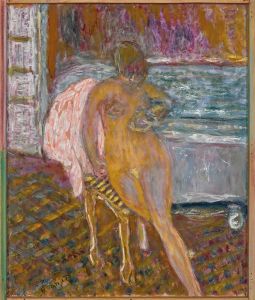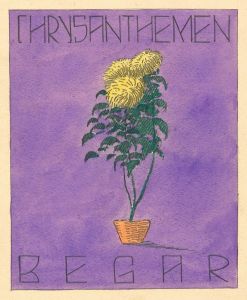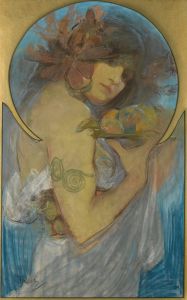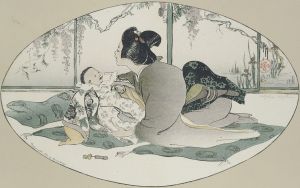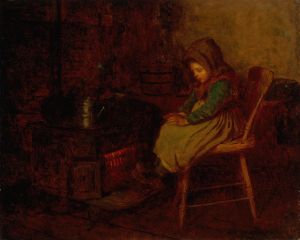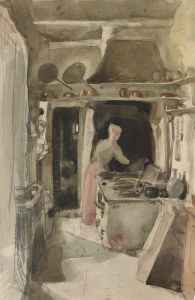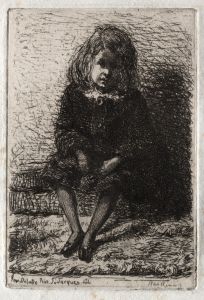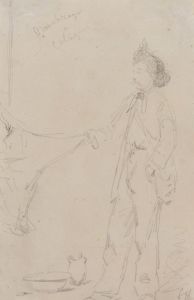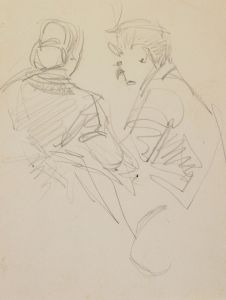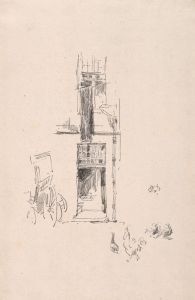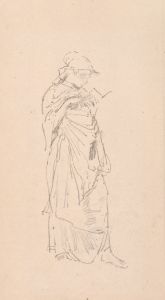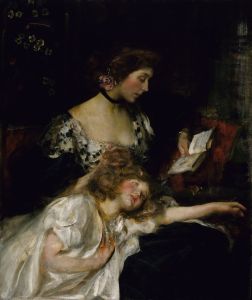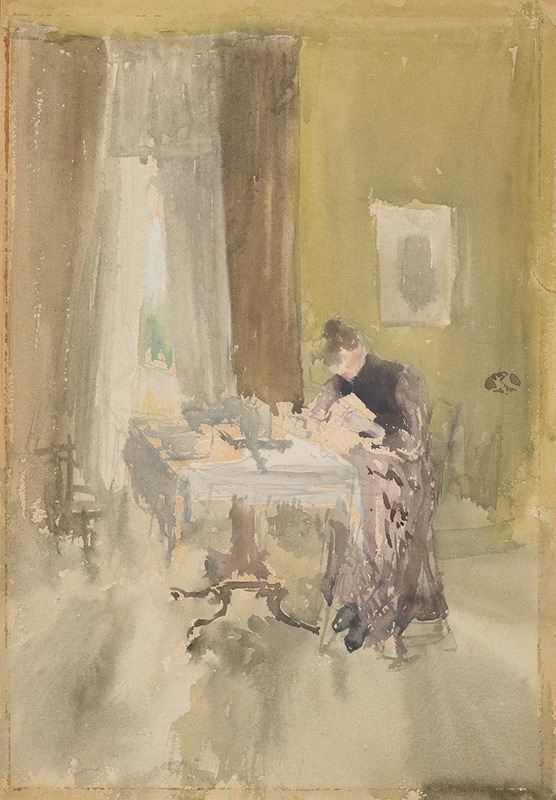
Violet and Amber–Tea
A hand-painted replica of James Abbott McNeill Whistler’s masterpiece Violet and Amber–Tea, meticulously crafted by professional artists to capture the true essence of the original. Each piece is created with museum-quality canvas and rare mineral pigments, carefully painted by experienced artists with delicate brushstrokes and rich, layered colors to perfectly recreate the texture of the original artwork. Unlike machine-printed reproductions, this hand-painted version brings the painting to life, infused with the artist’s emotions and skill in every stroke. Whether for personal collection or home decoration, it instantly elevates the artistic atmosphere of any space.
James Abbott McNeill Whistler was an influential American artist known for his contributions to the Aesthetic Movement, which emphasized art for art's sake. Among his diverse body of work, Whistler created a series of paintings that explored the interplay of color and form, often with musical titles that reflected his interest in the harmonious arrangement of visual elements. One such painting is "Violet and Amber–Tea."
"Violet and Amber–Tea" is part of Whistler's series of works that focus on the subtle and harmonious use of color. Whistler was known for his innovative approach to composition and his ability to capture mood and atmosphere through a limited palette. This painting exemplifies his mastery of tonal harmony, where the colors violet and amber are used to create a serene and contemplative scene.
Whistler's technique often involved the use of thin layers of paint, allowing him to achieve a delicate balance of color and light. This method is evident in "Violet and Amber–Tea," where the interplay of these hues creates a sense of depth and tranquility. The painting's title suggests a domestic setting, possibly a tea scene, which was a common subject in Whistler's work, reflecting his interest in capturing the quiet elegance of everyday life.
The Aesthetic Movement, with which Whistler was closely associated, sought to prioritize beauty and sensory experience over narrative content in art. "Violet and Amber–Tea" aligns with this philosophy, as it does not depict a specific story or event but rather invites the viewer to appreciate the visual harmony and emotional resonance of the colors and composition.
Whistler's influence extended beyond his paintings; he was also known for his writings and lectures on art, where he articulated his belief in the importance of beauty and the artist's role in creating it. His work, including "Violet and Amber–Tea," played a significant role in shaping the direction of modern art by challenging traditional notions of subject matter and technique.
While specific details about the creation and exhibition history of "Violet and Amber–Tea" may not be extensively documented, the painting remains an important example of Whistler's contribution to the development of modern art. It reflects his innovative approach to color and composition, as well as his commitment to the aesthetic principles that defined his career.
Overall, "Violet and Amber–Tea" is a testament to Whistler's artistic vision and his ability to convey mood and atmosphere through the subtle interplay of color. It continues to be appreciated for its beauty and its place within the broader context of Whistler's work and the Aesthetic Movement.





